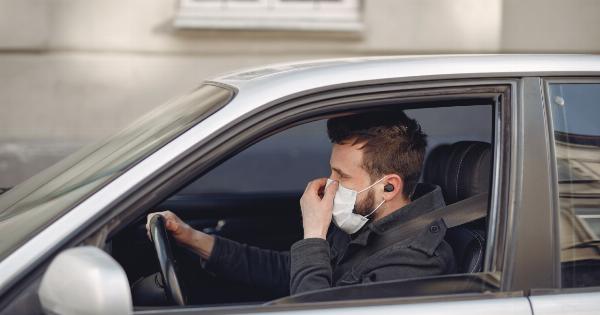Driving is a privilege that many of us take for granted. We use our cars to get to work, run errands, and visit friends and family. However, as we age, our ability to drive safely can decline, and this can put ourselves and others at risk.
While driving is often an essential part of maintaining independence, it’s important to consider when it may be time to hang up the car keys for good. In this article, we’ll discuss at what point elderly drivers should stop driving and why this is important.
Why is Driving Important for the Elderly?
Driving is often a key part of maintaining independence, especially for older adults. As we age, we may have fewer opportunities to socialize, and driving can allow us to visit friends and family, attend social events, and engage in other activities.
In addition, driving can be important for accessing healthcare, running errands, and staying active. However, as we age, our ability to drive safely can decline, and this can put ourselves and others at risk.
What are the Risks of Elderly Drivers?
Elderly drivers are at an increased risk for accidents and fatalities on the road.
According to the National Highway Traffic Safety Administration, in 2018, there were 7,700 fatalities and 273,000 injuries in crashes involving drivers 65 years old and older. This represents a 19% increase in fatalities from the previous decade.
There are several reasons why elderly drivers may be at increased risk for accidents, including:.
- Decreased vision and hearing
- Slower reflexes and reaction times
- Difficulty with spatial awareness and judgment
- Memory problems that affect decision-making
- Medical conditions that can impair driving ability, such as dementia, Parkinson’s disease, and arthritis
When Should Elderly Drivers Stop Driving?
Unfortunately, there is no one-size-fits-all answer to this question. The decision to stop driving is a highly personal one that should be based on an individual’s physical and cognitive abilities.
However, there are some warning signs that may indicate that it’s time to stop driving, including:.
- Frequent close calls or accidents
- Getting lost or disoriented, even in familiar places
- Difficulty seeing or hearing traffic signals, pedestrians, or other vehicles
- Difficulty reading signs or following directions
- Difficulty with basic driving tasks, such as parking or turning the wheel
- Feeling nervous or overwhelmed while driving
- Receiving traffic tickets or warnings
If you or a loved one are experiencing any of these warning signs, it may be time to consider having a conversation about stopping driving. While this can be a difficult topic, it’s important to prioritize safety on the roads.
What are the Alternatives to Driving?
If it’s time to stop driving, there are several alternatives that can help maintain independence and mobility, including:.
- Public transportation, such as buses and trains
- Rideshare services, such as Uber or Lyft
- Taxi services
- Carpooling with friends or family
- Walking or biking for short distances
- Delivery services for groceries and other necessities
Many communities also offer senior transportation services that are specifically designed to help older adults get around.
These services may be free or low-cost and can be a great option for those who don’t have access to other forms of transportation.
How Can Elderly Drivers Maintain Safe Driving?
While it’s important to consider when it may be time to stop driving, there are also steps that elderly drivers can take to maintain safe driving for as long as possible. These steps include:.
- Having regular vision and hearing tests
- Staying up-to-date on medications and medical conditions that can impact driving ability
- Creating and following a driving plan that takes into account physical and cognitive abilities
- Avoiding driving during inclement weather or at night if visibility is poor
- Maintaining a safe following distance from other vehicles
- Avoiding distractions while driving, such as using a cell phone or eating
- Knowing and following local traffic laws and signs
By taking these steps, elderly drivers can help maintain their independence and mobility while also prioritizing safety on the roads.
Conclusion
Driving is an important part of maintaining independence and mobility, especially for older adults. However, as we age, our ability to drive safely can decline, and this can put ourselves and others at risk.
While it can be difficult to consider giving up driving, it’s important to prioritize safety on the roads and to have a plan in place for alternative transportation. By taking these steps, we can help ensure a safe and fulfilling life as we age.






























